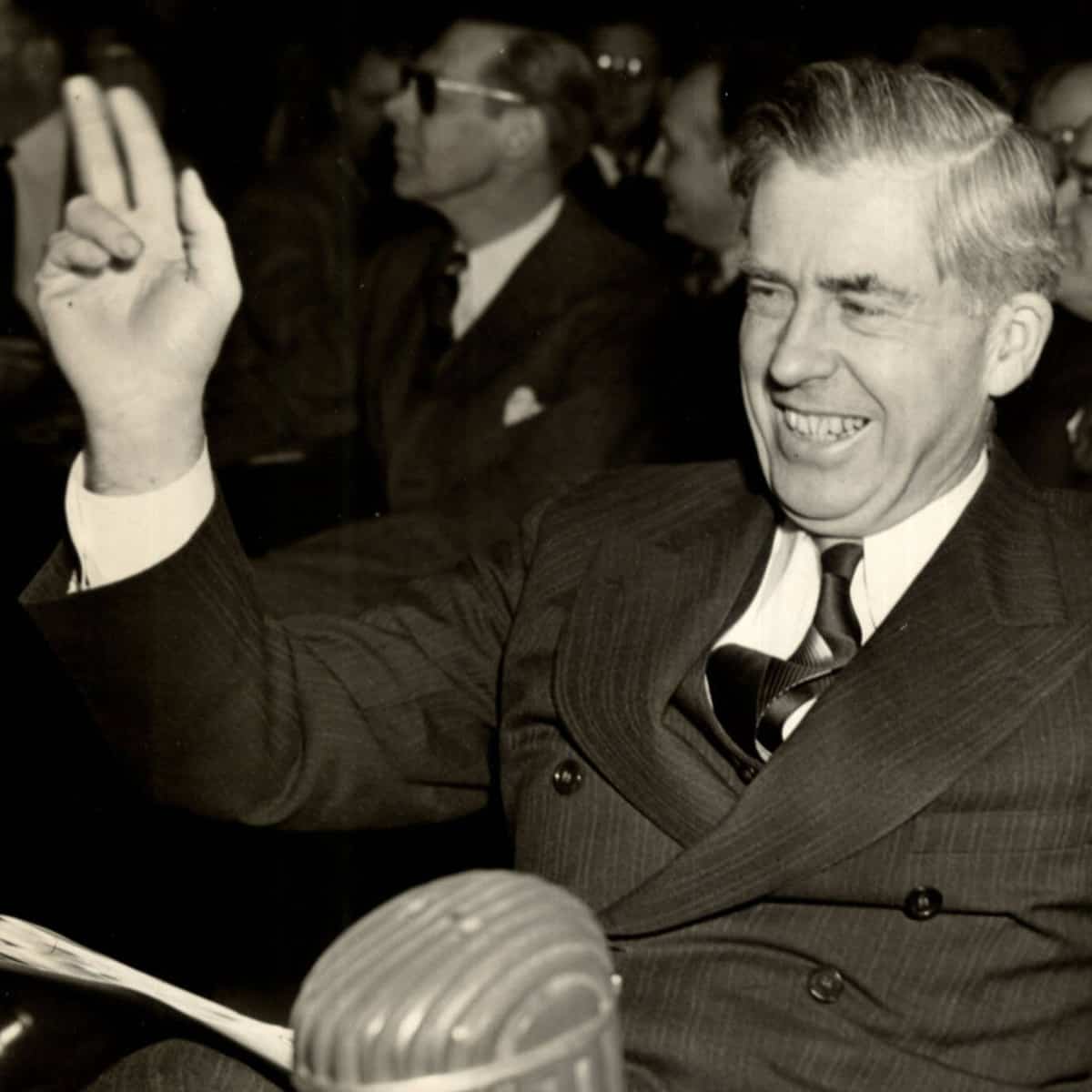The University of Iowa Libraries has thousands of the personal papers of Iowa native Henry A. Wallace (1888-1965). Wallace, the 33rd vice president of the United States, died 50 years ago today (18 November 1965). Wallace also served as the Secretary of Agriculture and the Secretary of Commerce and was the nominee for the Progressive Party inContinue reading “Henry A Wallace Collection”
Category Archives: Anniversaries
Remembering the Gettysburg Address
Today is the 150th anniversary of Abraham Lincoln’s Gettysburg Address. The Iowa Digital Library includes over 1000 items digitized from the archives of Lincolniana collector James Wills Bollinger. View additional items from the Bollinger-Lincoln digital collection.
Remembering Chinua Achebe
Chinua Achebe (1930–2013) never came to Iowa City, so our connection with him in our collection is slight. However, since he recently died and given the importance of his work, I wanted to highlight a few items in our digital collections. The Esther Walls papers include 3 pictures of him at the Countee Cullen BranchContinue reading “Remembering Chinua Achebe”
Happy birthday Bram Stoker
Here are some items from our collection that would make appropriate reading for Bram Stoker’s 165th birthday: Perry, Dennis R.. “Whitman’s Influence on Stoker’s Dracula.” Walt Whitman Quarterly Review 3 (12 1986), 29-35. http://ir.uiowa.edu/wwqr/vol3/iss3/5 Explores the hitherto neglected topic of Whitman’s potential influence on his admirer, Bram Stoker, emphasizing the writers’ mutual fascination with death, with theContinue reading “Happy birthday Bram Stoker”
Korean War
The Korean War started 60 years ago today. I grew up knowing about the war as fictionalized by M*A*S*H. In history class, we never made it that far into the twentieth century and, unlike today, the conflict between North & South Korea never came up in our current events conversations, making it a forgotten war.Continue reading “Korean War”
1970 Student Protests
Spring of 1970 was a tumultuous time on college campuses. On April 30, President Richard Nixon announced that U.S forces would invade Cambodia because of the recent communist coup. Students around the country protested this escalation of the Vietnam War. On May 4, the National Guard fired on students at Kent State University, killing 4Continue reading “1970 Student Protests”
